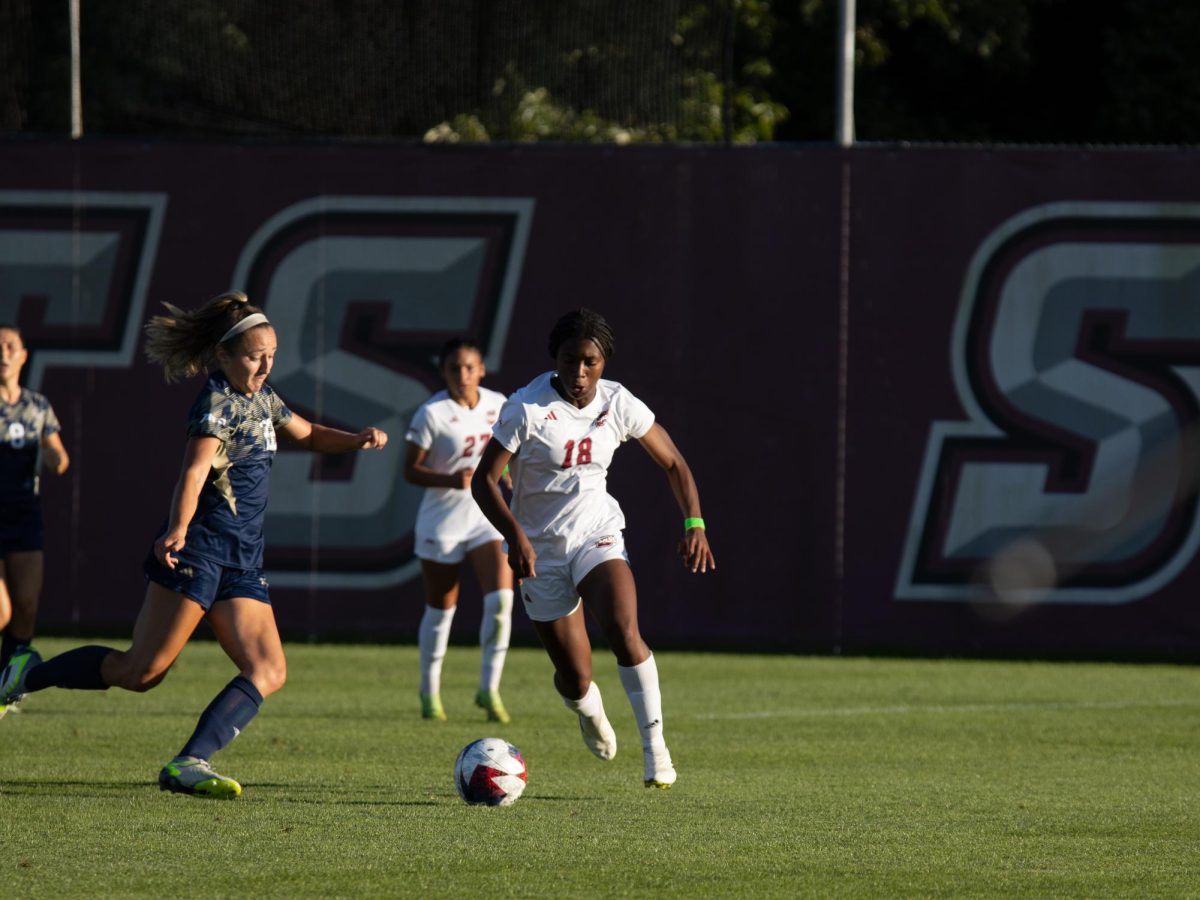The Influenza Forecasting Center of Excellence team at the University of Massachusetts has created a COVID-19 forecast hub, which combines multiple models to project the spread of the virus, according to a press release from UMass News and Media Relations.
This model, which the press release called an “ensemble approach,” will give the public, as well as “scientists at the Centers for Disease Control and Prevention and the White House Coronavirus Task Force, access to a centralized data repository and forecasts representing nine models and five teams of highly respected infectious-disease forecasters,” the release said.
The model is interactive and provides a four-week forecast for COVID-19-related deaths both for individual states and for the entire country.
“We’ve created a simple ensemble model to try to unify all these forecasts of COVID-19 together. Some models are overly optimistic, and others may be overly pessimistic. The reality is likely in the middle. We need the diversity of these modeling teams to understand the full range of future possibilities,” said Nicholas Reich, director of the Forecasting Center, in the press release.
The model includes data from teams all over the world, including the Seattle-based Institute for Health Metrics and Evaluation, Columbia University, Northeastern University, Imperial College London and Los Alamos National Laboratory in New Mexico.
“Reich says he has had such positive collegial outreach with each of the teams whose data has been added so far that other teams have reached out to him and plan to add forecasts to the hub in the coming days and weeks,” according to the press release.
UMass’ Influenza Forecasting Center of Excellence is one of two in the country and is funded by the CDC.
Katie House, who recently graduated UMass with a master’s degree in computer science, has been involved with the Influenza Forecasting Center of Excellence team for almost two years.
“I started working there a couple months after I started my master’s degree. I came on the team helping them forecast influenza and writing software for that, of course with coronavirus we quickly shifted gears,” House said.
House focused on the “visualization aspect” of the model as well as “data processing, testing and making sure all of the forecasts are in the right format and statistically make sense,” she said.
“I think that it’s really important right now to have all of the COVID-19 models in the same format and visualized together,” House said. “I don’t think one model will be able to tell us anything very valuable because you really have to look at all the different models to understand the uncertainty of the next few months”.
For House, models can all be wrong in a certain way, making the combination of data key to providing possible projections. However, she also reminds people that models only show a possibility, and not a certainty.
“It is very easy to look at some of these models and get very scared,” House said. “Take into account that these are all predictions they are not certainty by any means. We don’t know what’s going to happen in the future. We’re just trying to make our best guess.”
With a lot of news focused on rising cases and death tolls, House advises people to “try not to panic” and to take “some time for yourself.”
Nutcha Wattanachit, a UMass biostatistics Ph.D. student, has also been part of the Influenza Forecasting Center of Excellence team.
“I standardize some of the publicly available COVID-19 forecast data and on a weekly basis generate a simple equally-weighted quantile ensemble from the standardized forecasts we have available,” Wattanachit said.
This task is difficult because of the uncertainty of the COVID-19 pandemic and rapidly changing situation.
Wattanachit has been working with the team since 2018 and has worked on other real-time forecasts for infectious diseases, such as the flu. To Wattanachit, the project is critical to helping people during the pandemic and hopes that her work will influence policy makers.
“There are many forecasting models out there, so it is critically important to have a model that unifies these messages together, Wattanachit said. “I hope that this model will be used to inform policy makers in the policy decision-making process in this unprecedented, challenging situation.”
Maria Elena Little Endara can be reached at [email protected].




















